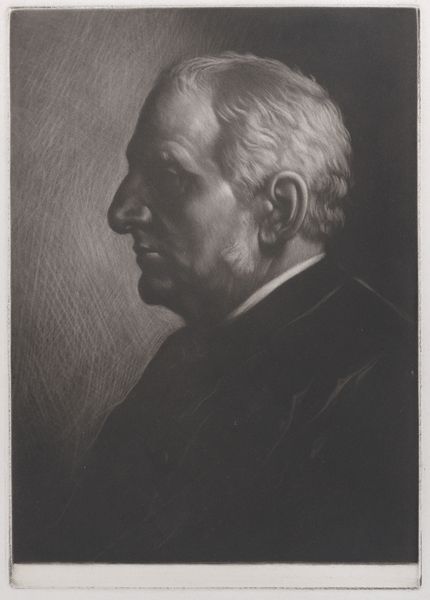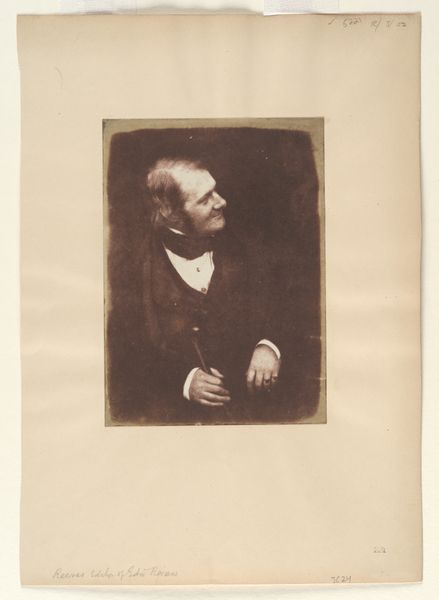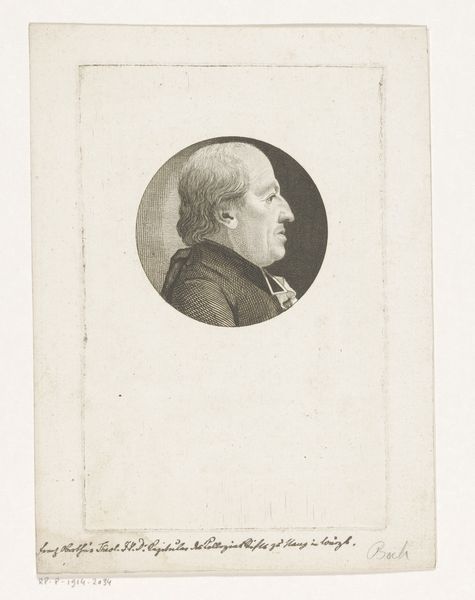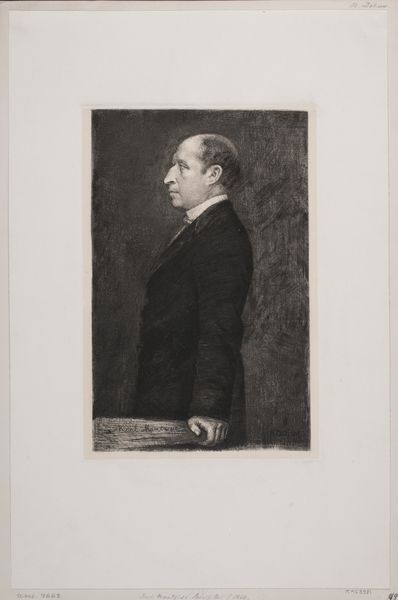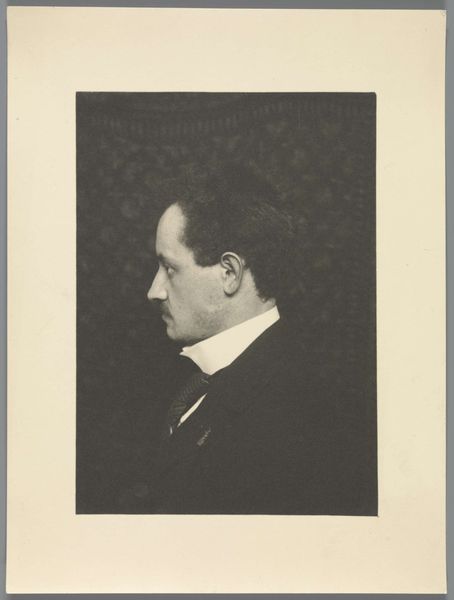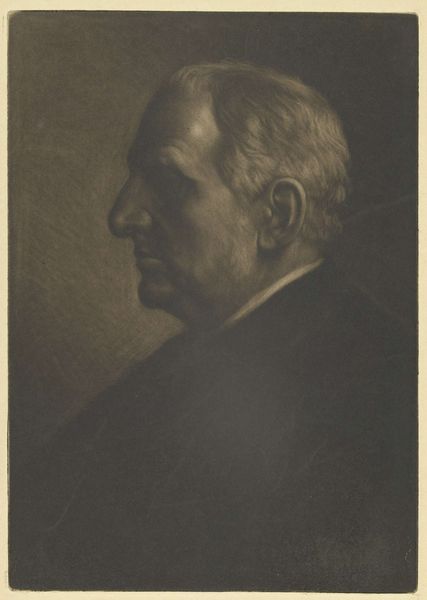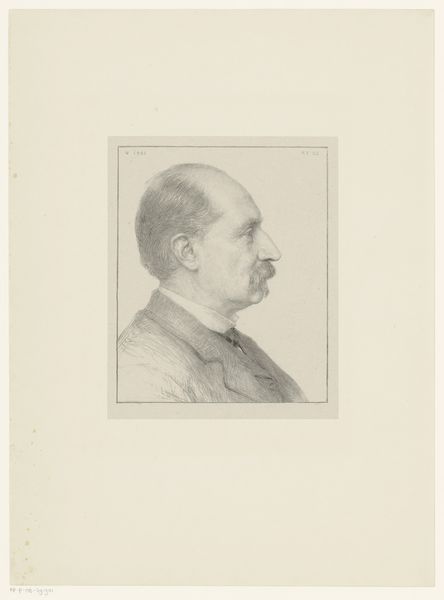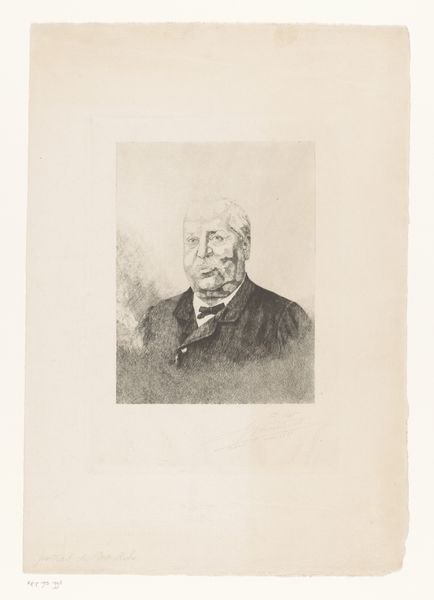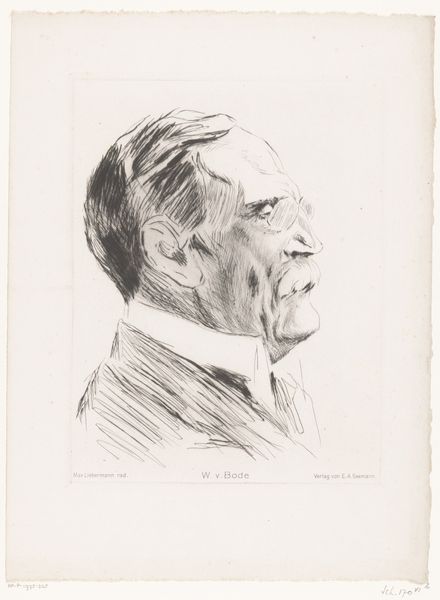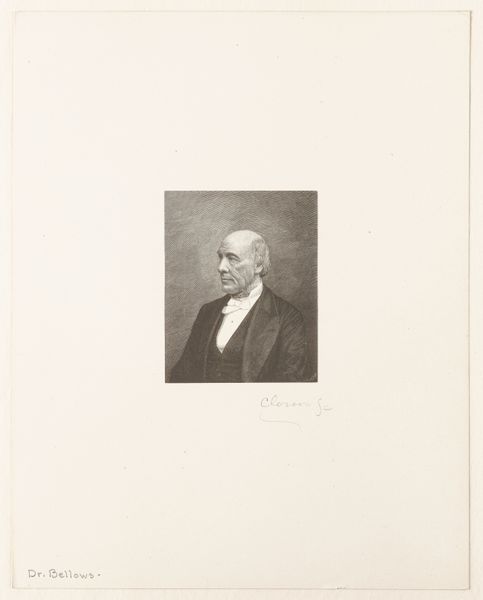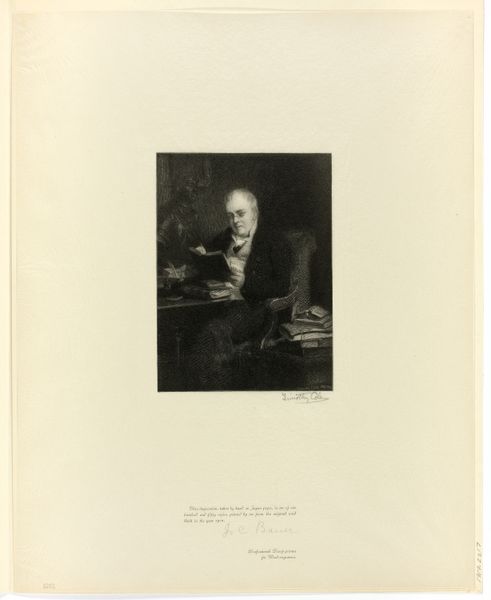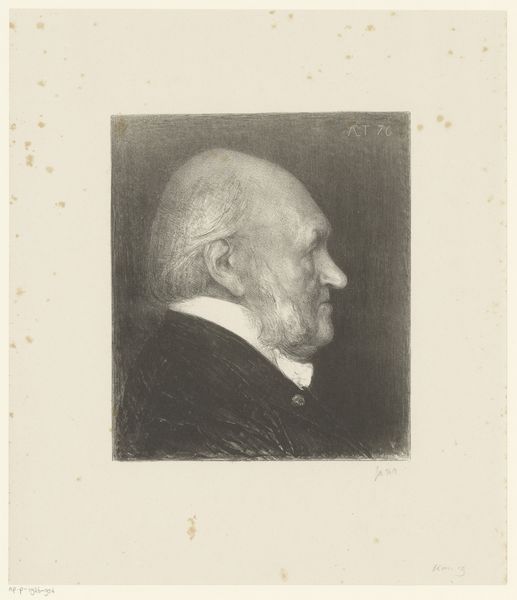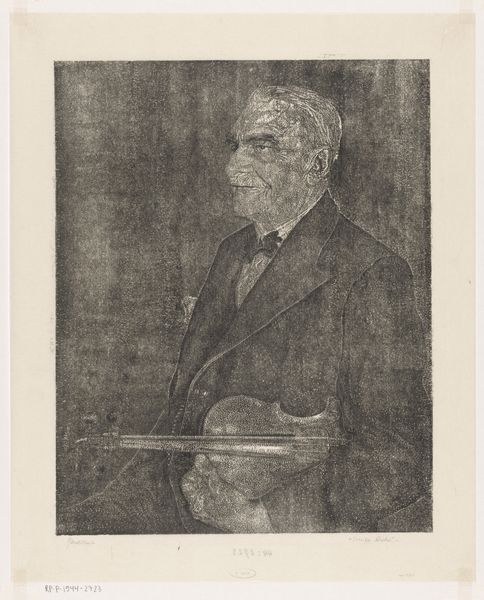
drawing, print, etching, pencil, drypoint
#
portrait
#
drawing
# print
#
etching
#
charcoal drawing
#
pencil drawing
#
geometric
#
pencil
#
men
#
portrait drawing
#
drypoint
#
profile
Dimensions: Plate: 9 13/16 × 6 15/16 in. (25 × 17.7 cm) Sheet: 14 3/4 × 10 5/8 in. (37.4 × 27 cm)
Copyright: Public Domain
Editor: This is "Portrait of Sir Francis Seymour Haden," created in 1881 by Alphonse Legros, using etching and drypoint. It’s a profile, almost silhouetted, and I'm struck by how much detail is achieved with such stark contrasts. What's your perspective on it? Curator: Notice how the labor involved in creating the etching itself is foregrounded. The lines, the marks of the tool – they are visible, not hidden. The act of production becomes part of the aesthetic experience. Think about the etcher’s workshop: the tools, the acid, the paper... How does this contrast with, say, a painted portrait meant to convey aristocratic status, where the labor is erased? Editor: So, it's less about the sitter's status and more about showing the artist's hand, or the etcher's hand in this case? Curator: Precisely. And let's consider Haden himself. He was a surgeon, but also a prominent figure in the etching revival. So, we have an image made using a relatively accessible printmaking technique of a person who championed that technique. Does this change your perception of the portrait at all? Editor: Definitely. Knowing Haden's connection to etching makes me see it as a statement about artistic process itself. It’s not just a portrait; it’s an advertisement, almost. Curator: Indeed. The work challenges the traditional hierarchy that placed painting and sculpture above printmaking. Consider who consumed prints, their price points relative to paintings, and who had access to them in the 19th century. The very act of creating and circulating an etched portrait carried social meaning. What will you take away from this discussion? Editor: Thinking about the materiality of the work really opened my eyes. I now see it less as just an image, and more as a record of process, labor, and even a bit of social commentary on the art world. Curator: Precisely. Looking at art through the lens of its material conditions allows for deeper insights into the artist’s intentions and the art's role in society.
Comments
No comments
Be the first to comment and join the conversation on the ultimate creative platform.
